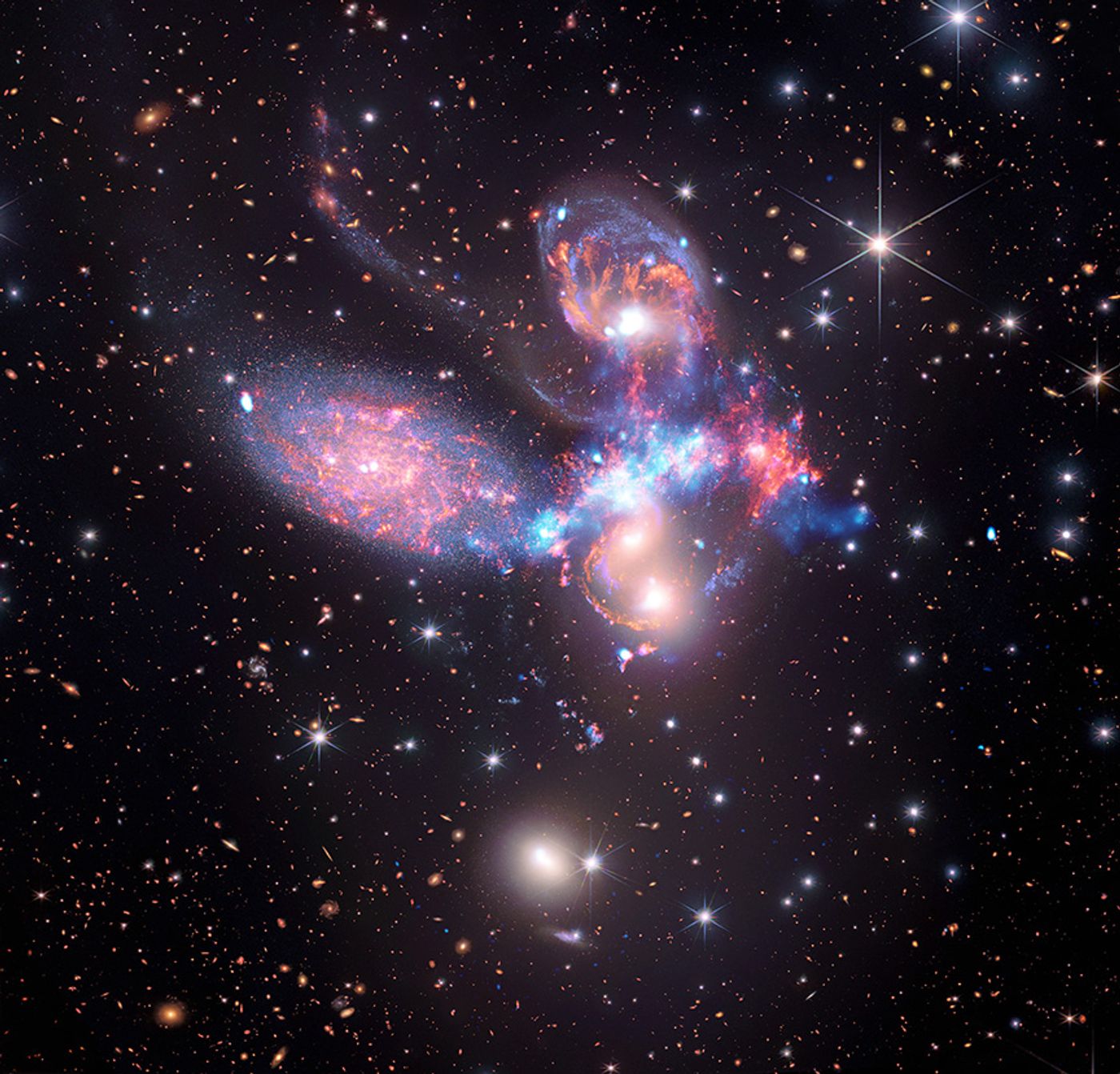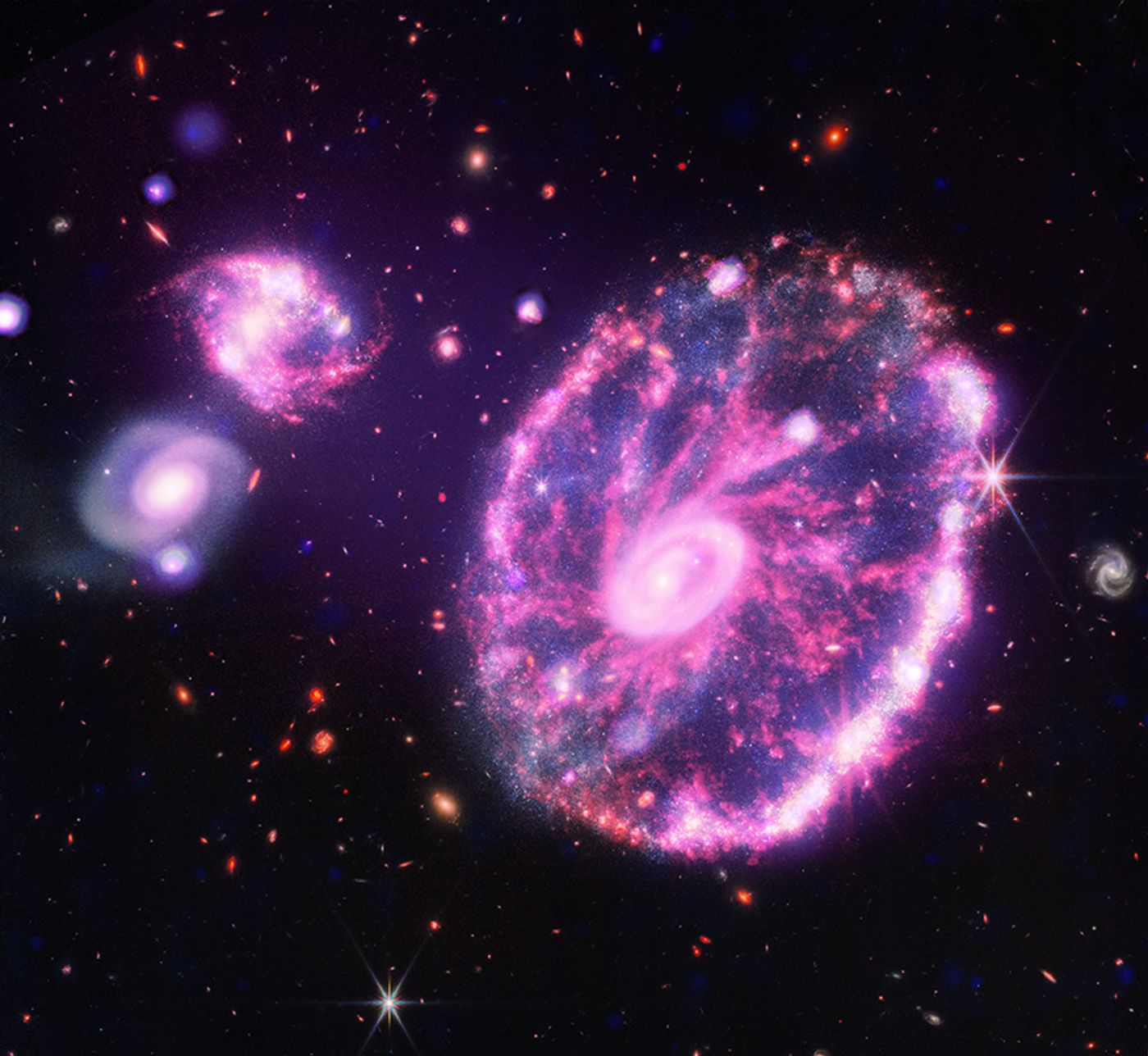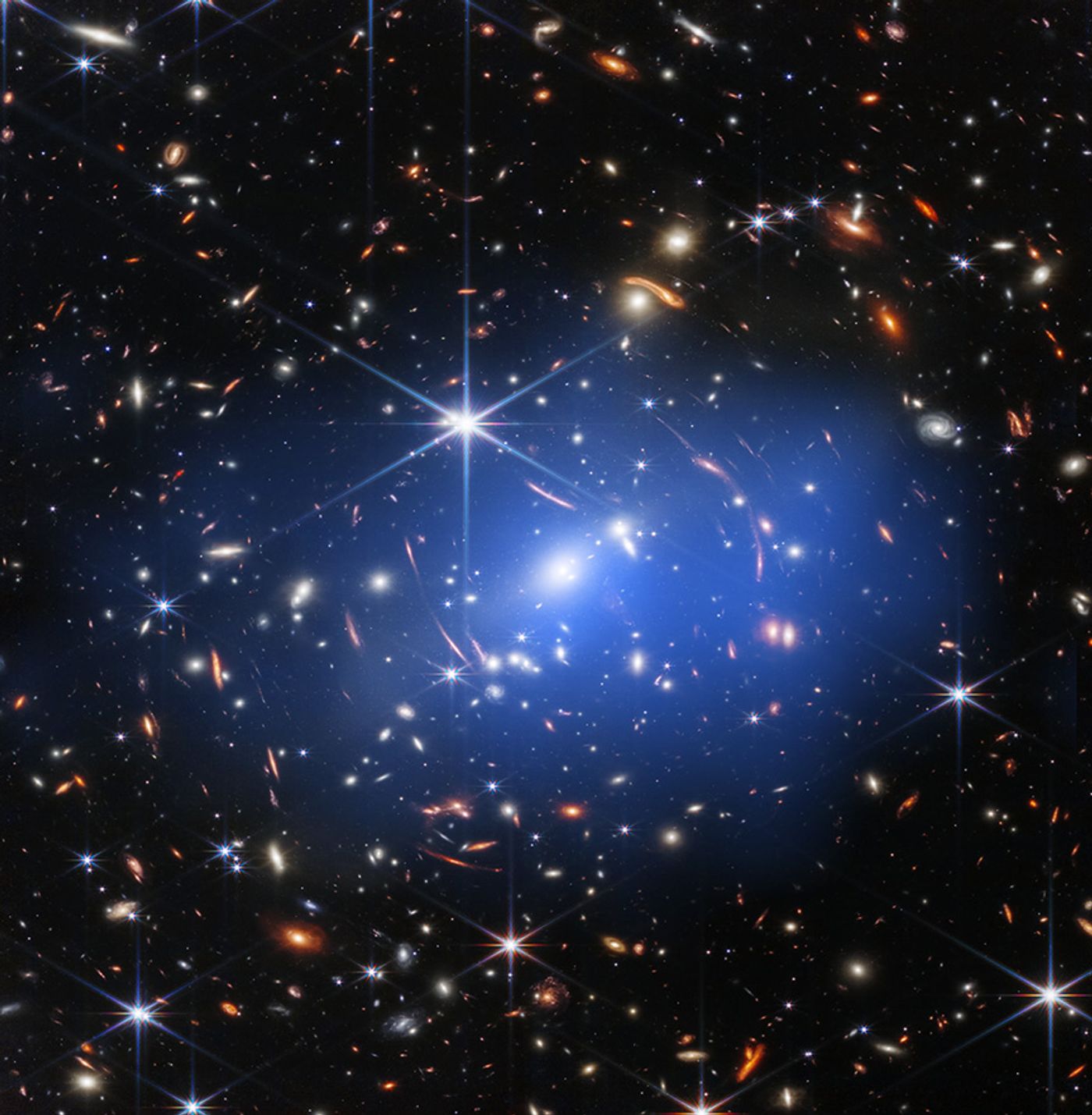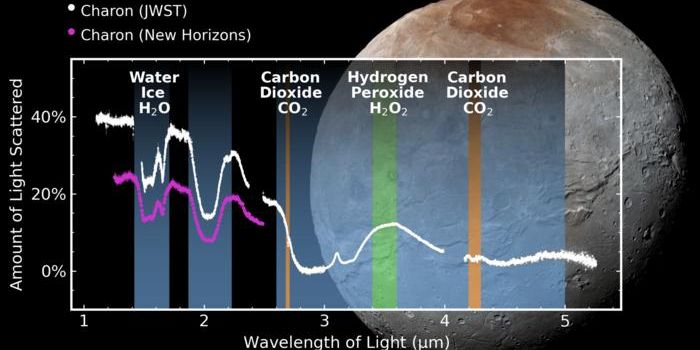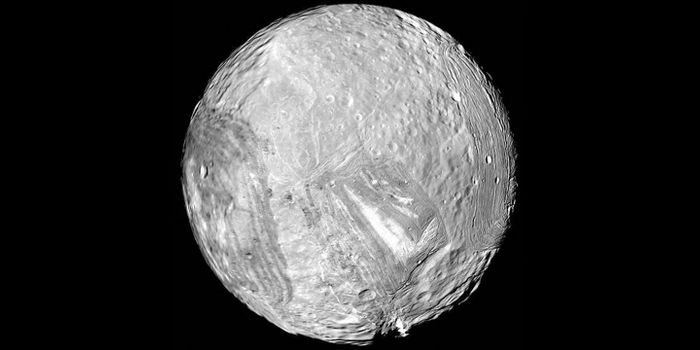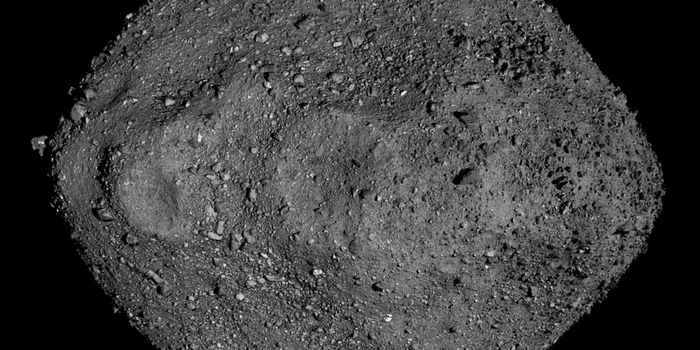NASA's Chandra X-ray Telescope Provides a New Perspective for James Webb Space Telescopes Images
In the summer of 2022, NASA’s James Webb Space Telescope (JWST) released its very first images to the public. Now, astronomers have combined X-ray images from NASA’s Chandra X-ray Observatory with the infrared images obtained with JWST. JWST is designed to work together with NASA’s other telescopes, looking at objects over multiple wavelengths. To fully understand an astronomical object, you must observe it at many different wavelengths of light to obtain the entire picture, so to speak.
“Multiwavelength astronomy” allows astronomers to understand which physical processes are occurring at all wavelengths of light, not just one. For example, the Chandra data that you will see overlaid on top of the infrared observations shows higher-energy phenomena occurring in these objects. Astronomers plan to combine data from Chandra and JWST for many different objects in the future, and these few examples you are about to see emphasizes how the power of these telescopes is greatly enhanced when combined with others!
The image below is of Stephan’s Quintet, where there are four galaxies that are gravitationally bound to each other. The JWST image (seen in red, orange, yellow, green, and blue) shows details of this gravitational interaction that had never been seen before, such as sweeping trails of gas and bursts of star formation. The data from Chandra (seen in light blue) reveals a shock wave which has heated gas to tens of millions of degrees, which was caused by one of the galaxies passing through the others in the image.
The image below is of the Cartwheel Galaxy. Approximately 100 million years ago, the Cartwheel Galaxy had a collision with a smaller galaxy; the collision triggered star formation, which is apparent around an outer ring and elsewhere throughout the galaxy. The X-rays in the image (seen in blue and purple) are from superheated gas, individual exploded stars, and neutron stars and black holes accreting material.
The image below is of SMACS 0723.3-7327, a galaxy cluster that contains hundreds of individual galaxies. Astronomers have found that galaxy clusters and not just composed of many galaxies though, they are also filled with extremely large reservoirs of superheated gas. The Chandra data (seen in blue) shows that superheated gas; the gas has temperatures of tens of millions of degrees, and possesses a total mass of about 100 trillion times that of the Sun, which is several times larger than the mass of the galaxies in the cluster!
The image below is NGC 3324, a region of the star-forming Carina Nebula. In this image, the Chandra data reveals over a dozen individual X-ray sources. These sources are mostly young stars with ages between 1 and 2 million years. Young stars shine extremely brightly in X-rays, while older stars do not. This fact makes X-ray data extremely crucial when trying to distinguish between young and old stars. For example, there are many stars seen in this image, but the X-ray data allows astronomers to distinguish between stars that are actually located in the star-forming nebula versus stars that are not members of the nebula, but just appear along our line of sight to the nebula. Additionally, some diffuse X-ray emission is seen in the top half of the image, which is likely hot gas that has been heated by the most massive stars in this nebula, but out of view of the image.
Source: Chandra X-ray Observatory
